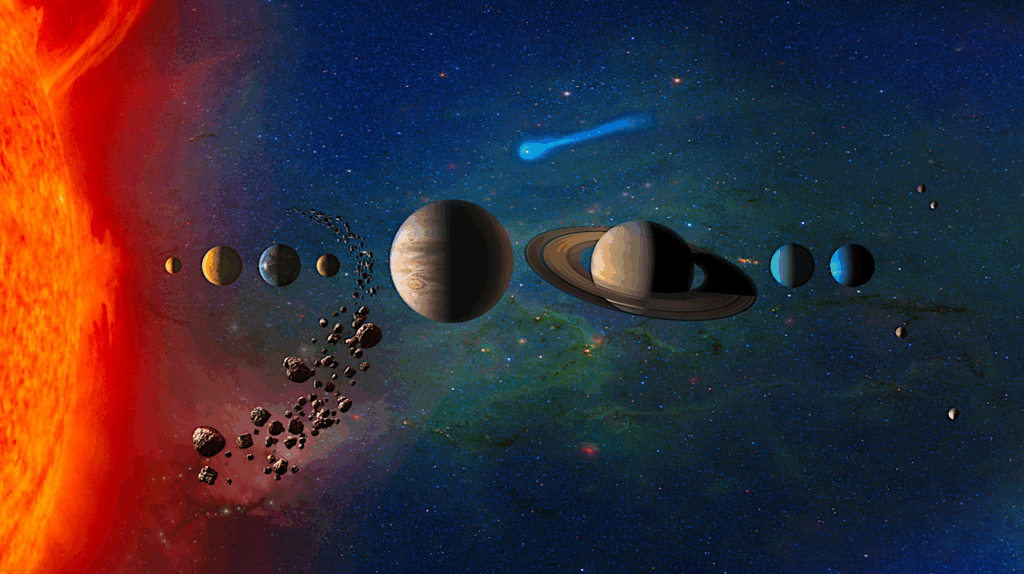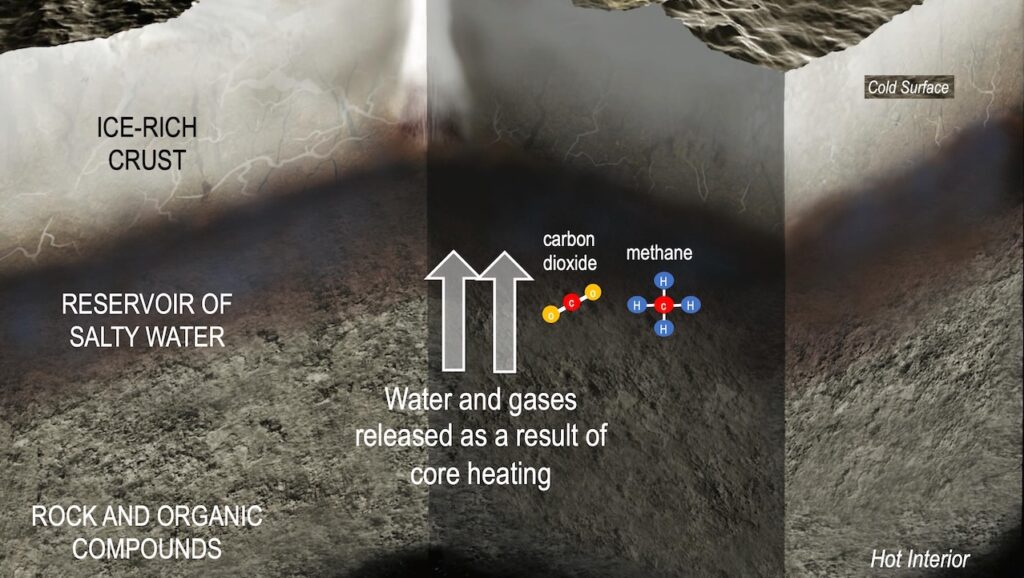Small Sensitivity of the Simulated Climate of Tidally Locked Aquaplanets to Model Resolution

Tidally locked terrestrial planets around low-mass stars are the prime targets of finding potentially habitable exoplanets.
Several atmospheric general circulation models have been employed to simulate their possible climates, however, model intercomparisons showed that there are large differences in the results of the models even when they are forced with the same boundary conditions. In this paper, we examine whether model resolution contributes to the differences. Using the atmospheric general circulation model ExoCAM coupled to a 50-m slab ocean, we examine three different horizontal resolutions (440 km * 550 km, 210 km * 280 km, and 50 km * 70 km in latitude and longitude) and three different vertical resolutions (26, 51, and 74 levels) under the same dynamical core and the same schemes of radiation, convection and clouds. Among the experiments, the differences are within 5 K in global-mean surface temperature and within 0.007 in planetary albedo.
These differences are from cloud feedback, water vapor feedback, and the decreasing trend of relative humidity with increasing resolution. Relatively small-scale downdrafts between upwelling columns over the substellar region are better resolved and the mixing between dry and wet air parcels and between anvil clouds and their environment are enhanced as the resolution is increased. These reduce atmospheric relative humidity and high-level cloud fraction, causing a lower clear-sky greenhouse effect, a weaker cloud longwave radiation effect, and subsequently a cooler climate with increasing model resolution. Overall, the sensitivity of the simulated climate of tidally locked aquaplanets to model resolution is small.
Mengyu Wei, Yixiao Zhang, Jun Yang
Subjects: Earth and Planetary Astrophysics (astro-ph.EP)
Cite as: arXiv:2006.09579 [astro-ph.EP] (or arXiv:2006.09579v1 [astro-ph.EP] for this version)
Submission history
From: Mengyu Wei
[v1] Wed, 17 Jun 2020 00:55:15 UTC (1,117 KB)
https://arxiv.org/abs/2006.09579
Astrobiology








